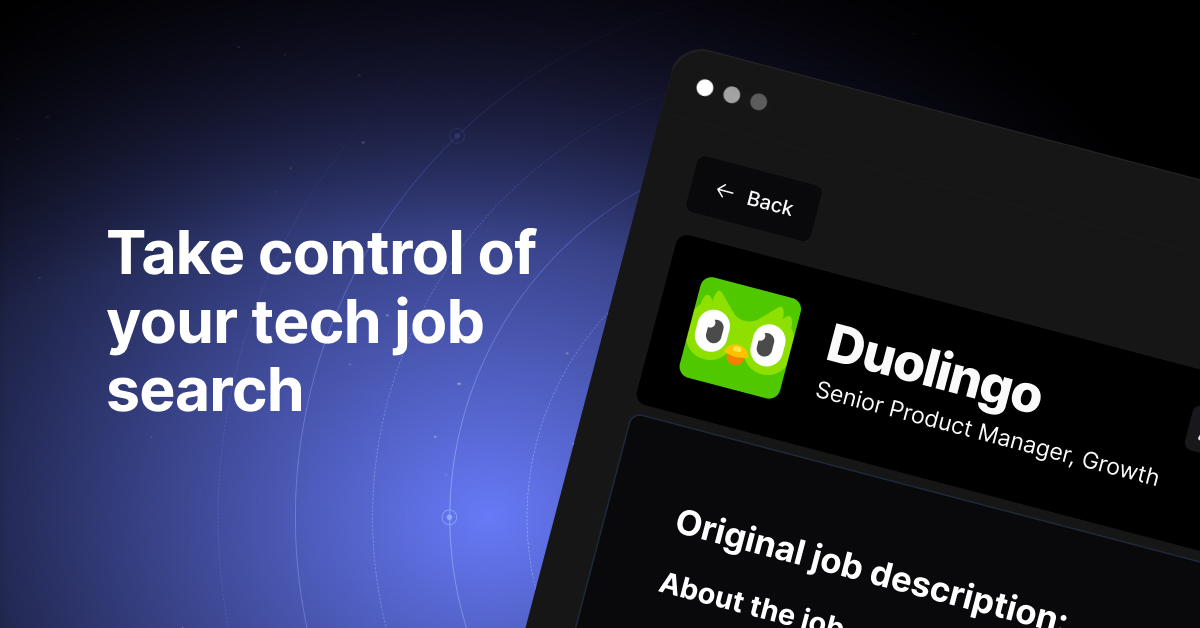Difference between the "controller", "link" and "compile" functions when defining a directive

📝 Title: Understanding the Controller, Link, and Compile Functions in Angular Directives
👋 Introduction:
Hey there, tech enthusiasts! 🌟 Have you ever wondered what the difference is between the controller, link, and compile functions when defining an Angular directive? 🤔 Well, you're in the right place! In this blog post, we'll unravel the mysteries around these functions and provide you with easy-to-understand explanations and examples. So, let's dive in and demystify these Angular directive functions! 💪
⚙️ Controller Function Explained:
Let's start with the controller function. This powerful function allows you to define the behavior and logic of your directive. It's like the "brain" of your directive, responsible for handling user interactions, managing data, and providing the necessary functionality. The controller function takes in a scope object as a parameter, which allows you to access and manipulate data within the directive.
Example:
app.directive("myDirective", function() {
return {
controller: function($scope) {
// Directive logic and functionality here
$scope.name = "John Doe";
$scope.sayHello = function() {
alert("Hello, " + $scope.name + "!");
};
},
// Other directive configuration options...
}
});💡 Common Usage:
The controller function is often used when you need to perform complex logic, data manipulation, or interact with external services within your directive. It helps keep your code organized and separates concerns within your application. Remember, the controller function is primarily responsible for the directive's internal behavior.
⚡️ Link Function Unveiled:
Next up, we have the link function. This function allows you to manipulate and interact with the DOM (Document Object Model) inside your directive. It provides a way to access and modify elements, attach event listeners, or perform any other necessary DOM-related operations.
Example:
app.directive("myDirective", function() {
return {
link: function(scope, element, attrs) {
// DOM manipulation and event handling here
element.on("click", function() {
// Do something on click event
});
},
// Other directive configuration options...
}
});💡 Common Usage:
The link function is commonly used when you need to manipulate the DOM directly. It allows you to interact with specific elements, apply CSS classes, handle events, or perform any other DOM-related operations. Keep in mind that the link function provides you with a fine-grained control over the directive's interaction with the DOM.
🌟 Compile Function Deciphered:
Lastly, let's unveil the compile function. This function is responsible for template manipulation and pre-processing. It is invoked before the directive is linked and can modify the directive's template, add new elements, or apply additional configurations.
Example:
app.directive("myDirective", function() {
return {
compile: function(element, attrs) {
// Template modification and setup here
element.addClass("highlight");
},
// Other directive configuration options...
}
});💡 Common Usage:
The compile function is often used when you need to modify or enhance the directive's template before it is rendered. It can be handy for adding dynamic behavior, altering the structure, or applying additional configurations to the template. Additionally, the compile function can also return a link function to further customize the directive's behavior.
📣 Conclusion and Call-to-Action:
Congratulations on making it this far! 🎉 You are now equipped with a solid understanding of the controller, link, and compile functions when defining an Angular directive. Remember to utilize the controller function for directive logic and functionality, the link function for DOM manipulation, and the compile function for template pre-processing.
So, what are you waiting for? 🚀 Go ahead and put your newfound knowledge into practice! If you have any questions or want to share your experiences, let's connect in the comments below. Happy coding! 💻✨
Take Your Tech Career to the Next Level
Our application tracking tool helps you manage your job search effectively. Stay organized, track your progress, and land your dream tech job faster.


